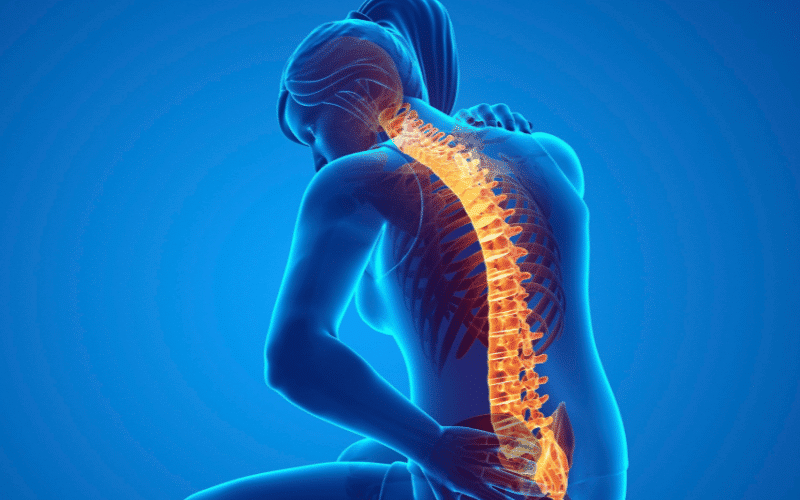Symptom 6. Abnormalities in the Skeletal System: A Telltale Sign of Fanconi Anemia

Skeletal Abnormalities: A Distinctive Feature
Abnormalities in the skeletal system are often observed in individuals with Fanconi anemia. These abnormalities can range from subtle changes, such as small hands or feet, to more noticeable issues, like malformed or missing thumbs, curved forearms, or spinal deformities. Skeletal abnormalities are considered a hallmark feature of Fanconi anemia and can be an early indicator of the disorder in some cases.
Causes of Skeletal Abnormalities in Fanconi Anemia
The exact cause of skeletal abnormalities in Fanconi anemia is not entirely understood, but it is believed to be related to the body’s inability to repair DNA damage effectively. This impaired DNA repair may lead to issues with cellular growth and differentiation, ultimately affecting the development of bones and other structures in the skeletal system.
Managing Skeletal Abnormalities: Treatment Options and Support
Management of skeletal abnormalities in Fanconi anemia may involve a combination of surgical interventions, orthopedic devices, and physical therapy. Surgical procedures can help correct deformities, improve function, and enhance cosmetic appearance. Orthopedic devices, such as braces or splints, may be used to provide support and improve mobility. Physical therapy can help individuals with Fanconi anemia develop strength, coordination, and flexibility to maximize their functional abilities.
Psychosocial Support for Skeletal Abnormalities
It is essential to address the psychosocial aspects of living with skeletal abnormalities in Fanconi anemia. Support from mental health professionals, peer groups, or family members can help affected individuals cope with the emotional challenges and social stigma associated with these abnormalities. Providing appropriate support can help improve self-esteem, resilience, and overall quality of life for individuals with Fanconi anemia. (6)